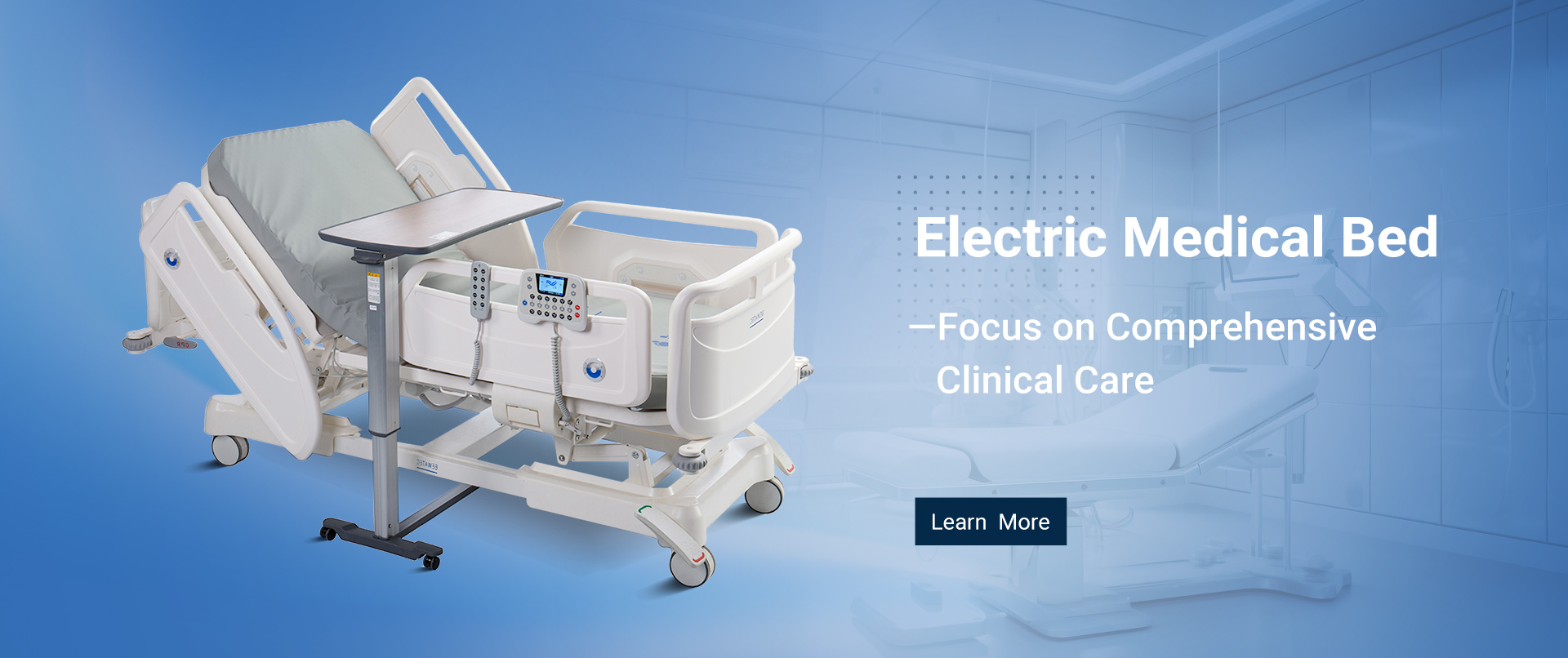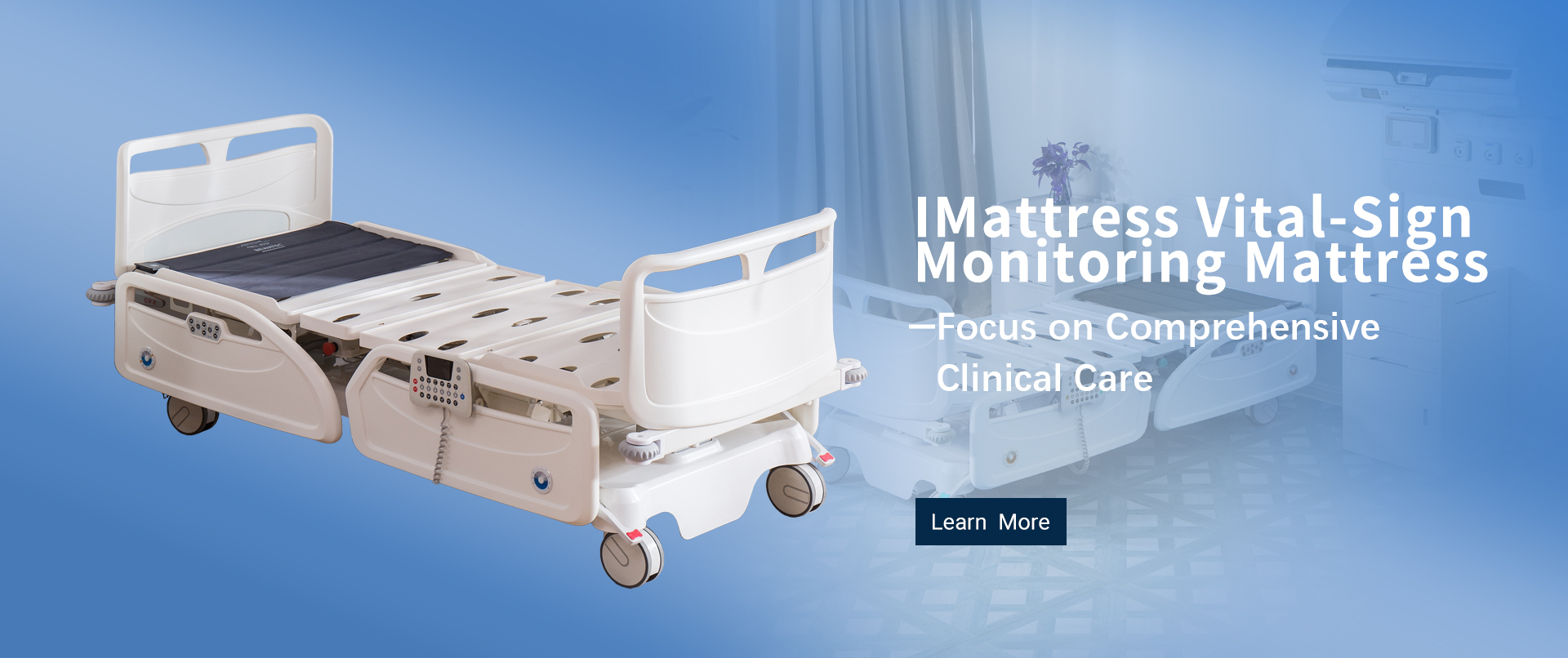For individuals with limited mobility, a bed is more than just a place to sleep; it’s a central hub for daily activities. Manual beds, with their adjustable features, play a crucial role in enhancing comfort, independence, and overall quality of life. In this article, we will explore how manual beds, particularly two-function manual beds, can aid in mobility support and improve the lives of those who rely on them.
Understanding Manual Beds
Manual beds are hospital-style beds that can be adjusted manually using hand cranks or levers. Unlike standard beds, manual beds offer various positioning options, making it easier for individuals to get in and out of bed, as well as to maintain comfortable positions throughout the day.
Benefits of Manual Beds
1.Improved Mobility:
• Easier Transfers: By adjusting the height of the bed, caregivers can assist patients in transferring to and from wheelchairs or other seating surfaces more easily.
• Increased Independence: Many individuals with limited mobility can become more independent with a manual bed, as they can adjust the bed to suit their needs.
2.Enhanced Comfort:
• Customized Positioning: Manual beds allow for precise positioning of the head and knees, reducing pressure points and promoting comfort.
• Relief from Pain: Proper positioning can alleviate pain associated with conditions such as arthritis or back injuries.
3.Prevention of Pressure Ulcers:
• Frequent Position Changes: By adjusting the bed, caregivers can help prevent pressure ulcers by changing the patient’s position regularly.
• Improved Circulation: Elevating the legs can improve circulation and reduce swelling.
4.Caregiver Support:
• Reduced Strain: Manual beds can help reduce the physical strain on caregivers, as they can adjust the bed to a comfortable working height.
• Improved Patient Care: The ability to easily position the patient can lead to better overall care and patient satisfaction.
The Two-Function Manual Bed
A two-function manual bed is a type of manual bed that offers two primary adjustments: height and backrest. These beds provide a balance of functionality and affordability, making them a popular choice for home care and long-term care facilities.
Features to Look for in a Manual Bed
• Height adjustment: This feature allows the bed to be raised or lowered to a comfortable working height for caregivers.
• Backrest adjustment: The backrest can be adjusted to various positions to accommodate different levels of comfort and support.
• Durable construction: A high-quality manual bed should be made from durable materials that can withstand frequent use.
• Easy-to-use controls: The controls should be simple and intuitive to operate.
• Safety features: Look for beds with safety features such as side rails and non-skid surfaces.
Choosing the Right Manual Bed
When selecting a manual bed, consider the following factors:
• Patient’s needs: Assess the patient’s specific needs and limitations.
• Caregiver’s capabilities: Consider the caregiver’s strength and ability to operate the bed.
• Available space: Ensure the bed will fit comfortably in the room.
• Budget: Manual beds come in a range of prices, so consider your budget.
Conclusion
Manual beds play a vital role in providing comfort, independence, and safety for individuals with limited mobility. By understanding the benefits of manual beds and carefully selecting the right one, you can improve the quality of life for both patients and caregivers.
For more insights and expert advice, visit our website at https://www.bwtehospitalbed.com/ to learn more about our products and solutions.
Post time: Jan-03-2025









